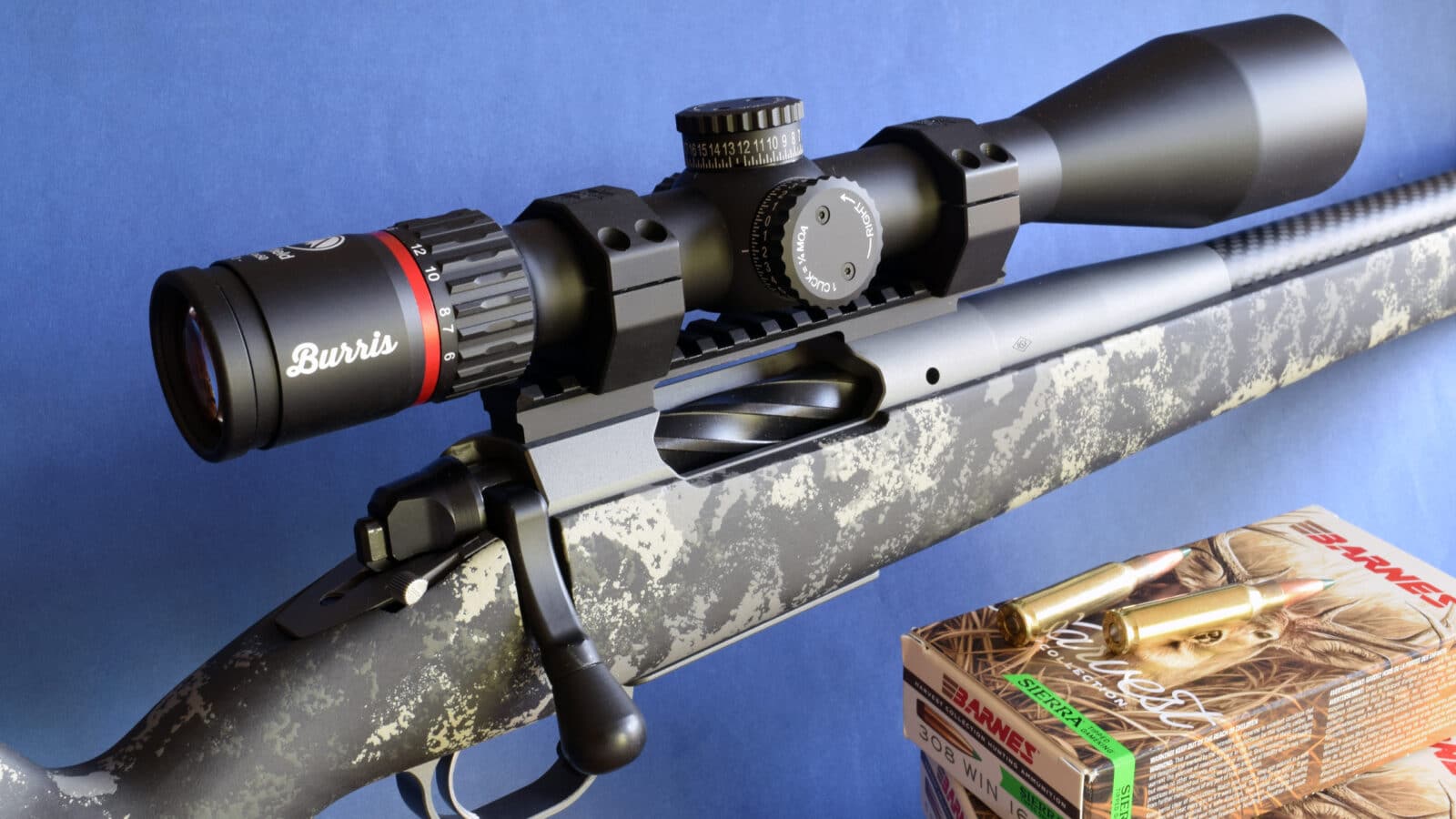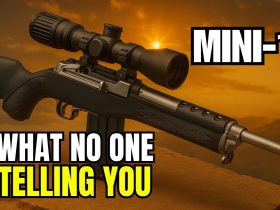I remember about 25 years ago when I first saw a Huglu over/under shotgun used by a member of my trap-and-skeet club. It looked like something I’d envision the Shah of Iran shooting, with its gaudy engraving that encompassed every square inch of metal from the fore-end back.
At first glance, the attention to detail in the metal seemed impressive, but upon closer inspection, I learned that the embellishment was of the less expensive, laser-engraved variety and the receiver was made of rather crude aluminum. Wood-to-metal fit wasn’t good, if not terrible in places. Then, when I basically inferred that I’d just stick to my Beretta, it was mentioned that the Huglu only cost one-third of the price. That’s when the Turkish gun suddenly became more attractive.
Why are Turkish shotguns even a thing? It’s because the country has a rich history of gunmaking, has updated its old methods with new CNC (and other) high-tech machinery and because the labor is both skilled and cheap—so much cheaper that U.S. firms can pay the importation taxes and formidable shipping costs and still come out ahead. And so, on paper at least, importing shotguns from Turkey appeals to many U.S. firearm dealers. The problem has often been in the guns’ execution or, more specifically, the subtle differences between what American shooters want and what Turkish manufacturers think Americans want.
My late friend Ted Hatfield began importing Turkish shotguns for the American market around 20 years ago (he’s credited with the UTS-15 design and many others), but it surprised me when he actually moved to Turkey to oversee production. I asked why he’d upend his good life in Missouri when phone calls and e-mail were available for meetings. He told me that he’d learned the hard way that if he was not physically there, standing over the shoulder of the Turkish factory manager, his products would rarely turn out exactly as he envisioned them. But, after several years of living overseas and hammering his message home, the Turks finally understood exactly what he wanted, and Hatfield was able to move back home. These days, most of the Turkish firms that predominantly sell to the U.S. market seem to understand this concept, because every year Turkish shotguns tend to get better, especially when talking about over/under guns and hunting guns. But, this column isn’t about wingshooting; it’s about defending your home with the best possible product you can afford.
Today, there are dozens of tactical shotguns made in Turkey, though few of them are of what I’d call “premium quality.” It is interesting, however, that Turkish gunmaking remains in the cloning phase, as opposed to the innovation phase, and this fact alone causes these guns to play second fiddle to the original guns they copy. For example, Turkish companies can build Benelli clones now that Benelli’s patent on its inertia-driven action has expired, but who wants a Turkish clone over an original Benelli if the price is similar? I’d bet very few of us. But, reality is that prices are far from the same, so the question for many of us comes down to how much of a drop in quality we are willing to accept for a given price difference?
There are so many tactical-shotgun makers and importers these days that testing and reporting on each gun’s quality and reliability would be extremely time-consuming and costly. Yet, at the same time, making a sweeping statement such as “all Turkish shotguns are unreliable” is inadvisable. Over the years, however, I have made some general conclusions based on testing many of them, and all of these generalizations are subject to change as time goes on.
In general, I believe that the spate of Turkish-made, semi-automatic tactical shotguns, including the popular AR-10-style shotgun clones, bullpup models and the many “Turknelli” (Benelli) M4 clones have not proven to be exceptionally reliable as a whole. They have certainly improved over the years, particularly the most recent crop of shotguns, but they still aren’t at the level of Italian- or American-made shotgun reliability. Semi-automatic guns of any category, including handguns and rifles, generally require a higher level of fit, finish and parts polishing to make them smooth enough to cycle with 99-percent reliability. Of course, Turkish companies could perform extra steps, but the result would be higher price tags. And those higher prices are a tough sell for importers, who often lack the economies of scale of the big-name manufacturers. Besides, not everyone can afford an Italian semi-auto, so it’s not so bad that someone is filling a void in the market.
There are a few companies that are exceptions, of course, and one of them is Stoeger. Interestingly, Stoeger is part of the Benelli group, which is itself owned by Beretta. Stoeger shotguns are made in Turkey, are higher-priced than many other Turkish semi-automatic shotguns and, in my experience, are more polished during the final production stage and run extremely well for their price.
Out of all the shotguns I have tested for Shooting Illustrated, semi-auto variants that use removable-box magazines tend to be the least reliable, although that’s a complaint across the entire shotgun spectrum regardless of country-of-origin. Turkish shotguns in general, however, have seen substantial improvement over the years, as companies update equipment, understand the needs of American shotgun enthusiasts better and gain experience at large-scale production of these types of arms.
Tactical pump-action shotguns, however, require less fit, finish and final polishing to function with extreme reliability, mainly because the shooter performs the cycling action. Plenty of these guns I can recommend to home defenders who are on a budget, and many are offered for only a few hundred dollars.
So, while the topic of Turkish-made tactical guns is more complex than I’ve made it sound here, the bottom line is that it’s best to research and, if possible, test specific guns before you buy—especially those that you plan to use for home defense. Just because a shotgun appears remarkably similar to a $2,000 Benelli M4 or $1,300 Beretta 1301 doesn’t mean it is one. At the same time, just because a TriStar tactical pump costs $349 doesn’t mean it’s not suited for home defense.
Read the full article here

















Leave a Reply